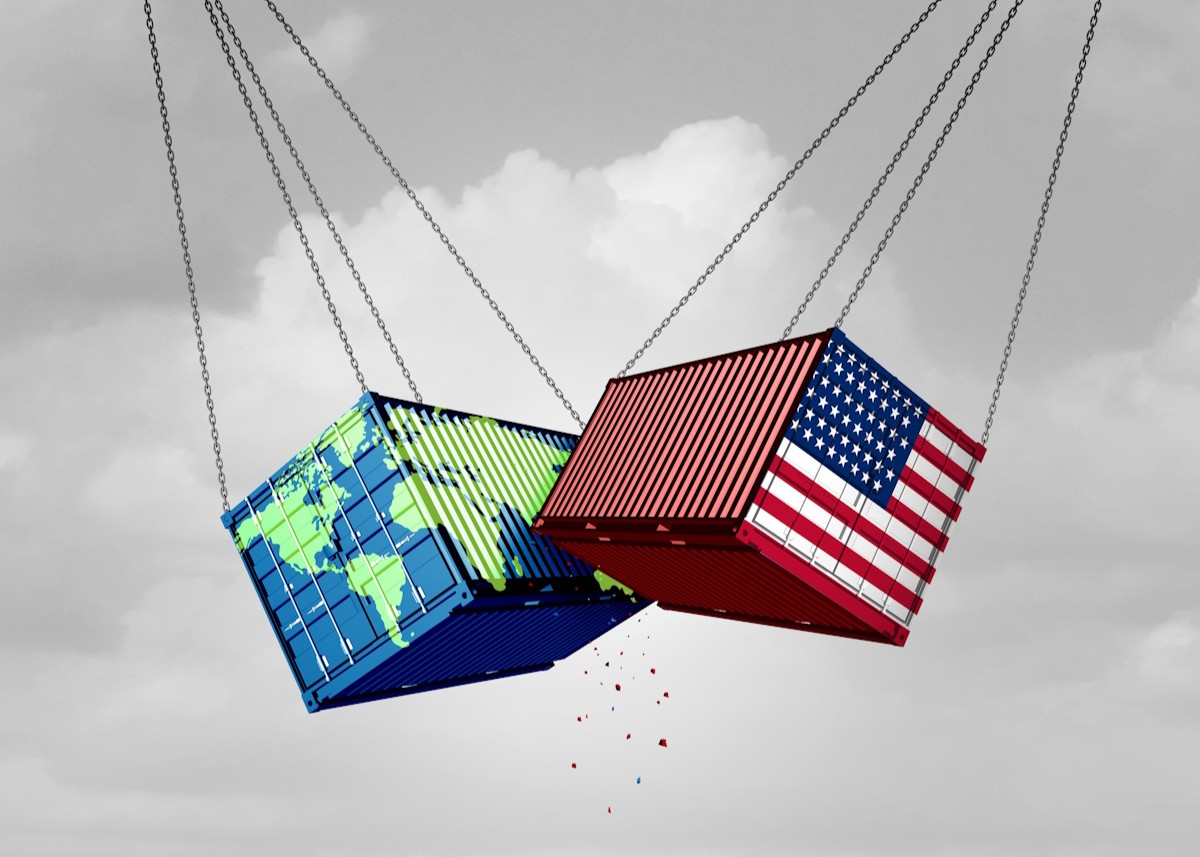US President Donald Trump has revealed sweeping new tariffs, including a 10% blanket duty on all imports to the US and sharply higher “reciprocal tariffs” on about 60 countries. Many of Asia’s export-driven economies are among the hardest hit in what is shaping up to be a new chapter in the global trade war.
The reciprocal tariffs, ranging from 50% to 10%, will take effect on April 9, and the blanket tariffs will take effect on April 5. Southeast Asian countries are particularly hard-hit, with six nations facing tariffs ranging from 32% to 49%. These include Cambodia (49%), Laos (48%), Vietnam (46%), Myanmar (44%), Thailand (36%), and Indonesia (32%).
Vietnam has already announced that it will establish a task force, and Thailand intends to initiate negotiations. “We have to negotiate and get into details,” Thai Prime Minister Paetongtarn Shinawatra said. “We can’t let it get to where we miss our GDP target.” Both countries are heavily exporting to the United States.
However, other Asian countries are also bearing the brunt of Trump’s tariffs. China is facing a 34% tariff in addition to the 20% that was imposed earlier this year. Taiwan is confronted with 32%, India with 26%, South Korea with 25%, and Japan with 24%. These tariffs are comparably high when compared to those of the European Union (20%) or most Latin American countries (10%).
The economic consequences of Trump’s tariffs are expected to ripple across trade flows, inflation, and investor sentiment.
In Asia, Eastspring Investments’ Chief Economist, Ray Farris, expects Trump’s tariff shock to weigh on growth in Vietnam, Korea, Japan, and China the most, “roughly in that order.” “The damage to the US, European, and other major economies from Trump’s tariff war will further depress their demand for Asian exports,” Farris says.
Jocelyn Wu, Portfolio Manager, Greater China Equities at Eastspring, believes that the tough tariffs could have a significant impact on China’s economic growth. “As such China is likely to initiate new policies to mitigate part of the tariff impact. This will create more uncertainty in the market,” she says.
Ray Sharma-Ong, Head of Multi-Asset Investment Solutions – Southeast Asia, at Aberdeen Investments, expects a further de-risking in the hardest-hit regions, including China, South Korea, and Taiwan, as investors move towards safe-haven assets such as Treasuries, JPY, and Gold.
“Investors now have to wait to see how policymakers respond,” comments Chris Kushlis, Chief Emerging Markets Macro Strategist at T. Rowe Price. “While there is openness to negotiation, it remains to be seen what measures Asian countries can take to significantly lower the tariffs they face, beyond reducing or removing tariffs on US goods,” he adds.
Kushlis sees the potential for an escalating policy response to Trump’s tariffs, with countermeasures provoking additional US tariffs in return.
However, he expects governments to shift their focus inward. “More likely, focus will go toward supporting the domestic economies, where countries with policy flexibility could introduce monetary and fiscal stimulus in a bid to counteract the negative growth effects of the tariffs,” Kushlis notes.

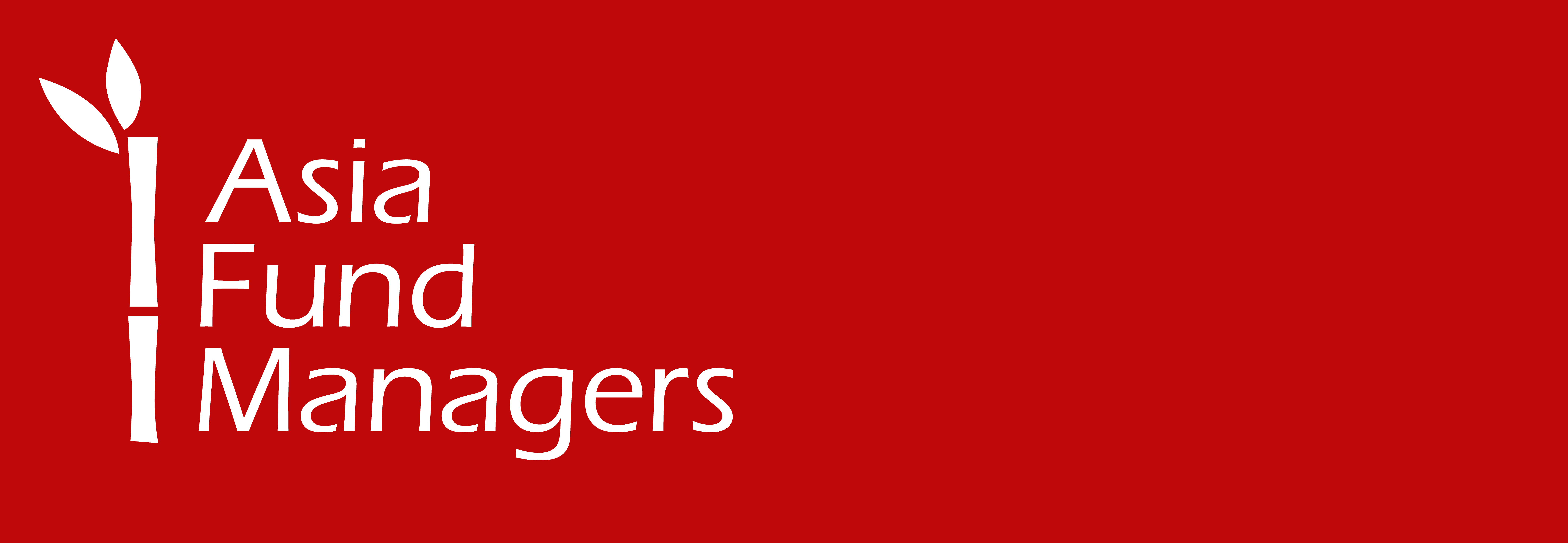
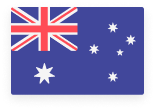 Australia
Australia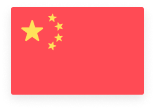 China
China India
India Indonesia
Indonesia Japan
Japan Malaysia
Malaysia Philippines
Philippines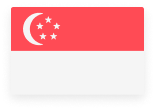 Singapore
Singapore South Korea
South Korea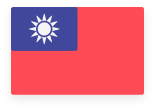 Taiwan
Taiwan Thailand
Thailand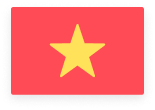 Vietnam
Vietnam
